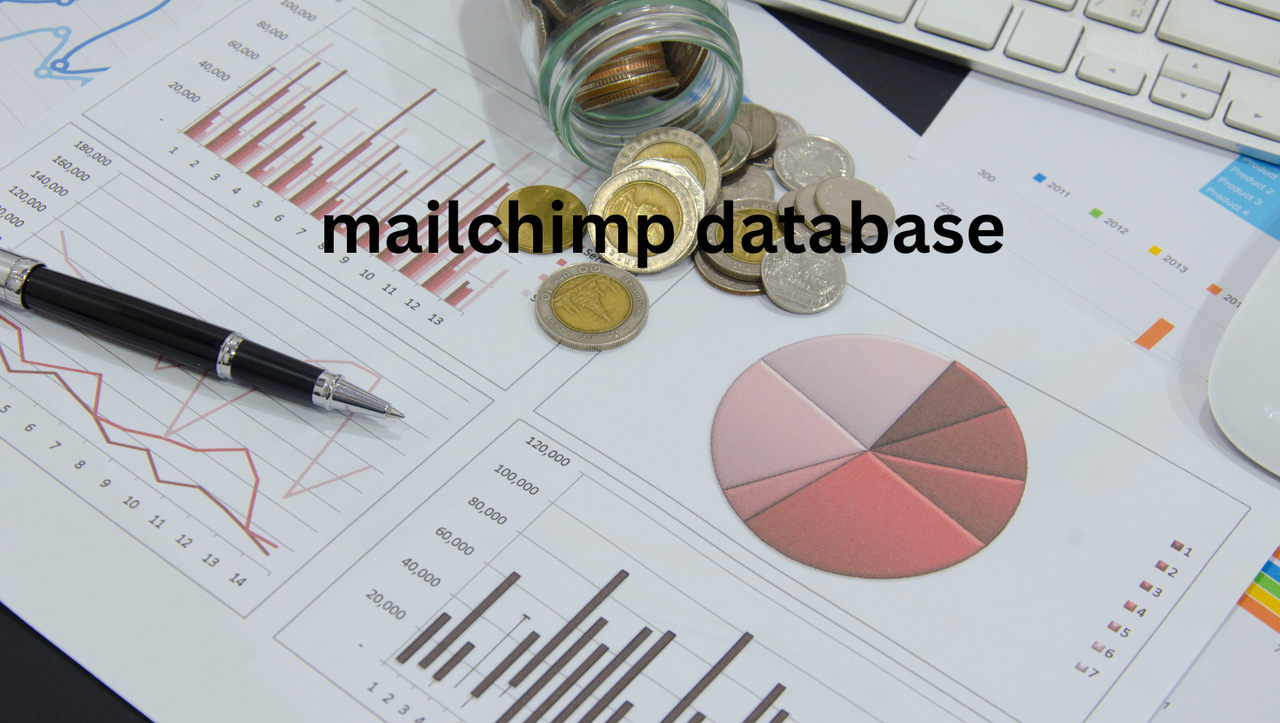Why Your Mailchimp Database Matters
Your Mailchimp database is more than just a list of emails. It is a collection oman telemarketing data of people who are interested in your business. These are your potential customers and loyal fans. By keeping your database organized, you can communicate with them effectively. For instance, you can send special offers to people in a certain city. Moreover, you can track how your contacts interact with your emails. This helps you learn what they like and what they don't like. A well-managed database is key to successful email marketing.

Building Your Mailchimp Audience
The first step is to build your audience. This means getting people to subscribe to your emails. There are many ways to do this. For example, you can put a signup form on your website. You can also offer something valuable in exchange for their email address. This could be a free e-book or a discount code. Furthermore, you can collect emails at events or through social media. However, it is very important to always get permission. Never add someone to your list without their consent. This is not only bad practice but also against the law in many places. Building your audience the right way ensures that people actually want to receive your emails.
Organizing Your Contacts with Tags and Segments
Once you have contacts, you need to organize them. Mailchimp offers tools like tags and segments for this. Tags are like labels you can put on your contacts. For example, you could tag someone as "customer" or "interested in product A". Segments are groups of contacts based on certain criteria. For instance, you can create a segment of people who live in a specific country. By using tags and segments, you can send more targeted emails. This means your messages will be more relevant to your audience. As a result, people are more likely to open and engage with your emails.
Keeping Your Database Clean and Healthy
A healthy database is a happy database. Over time, some email addresses may become inactive. People might change their email or stop checking their old accounts. Sending emails to these addresses hurts your deliverability. Therefore, you should regularly clean your list. Mailchimp has tools to help you identify and remove inactive subscribers. Moreover, you should encourage your subscribers to update their information if it changes. A clean database ensures that your emails reach active and engaged recipients.
Understanding List Fields in Mailchimp
List fields are the pieces of information you store about your contacts. The most basic field is the email address. However, you can add many other fields. For example, you can include first name, last name, birthday, or even specific interests. The more you know about your contacts, the more you can personalize your emails. Personalization makes your emails feel more relevant. As a consequence, people are more likely to pay attention. You can customize the list fields in your Mailchimp account to collect the data that is most useful for your business
Growing Your Mailchimp List Organically
Growing your list naturally is the best approach. This means attracting people who are genuinely interested in what you offer. You can do this by creating valuable content. For instance, if you have a blog, encourage readers to subscribe for updates. You can also host webinars or online workshops and ask attendees to join your mailing list. Furthermore, make sure your signup forms are easy to find and use. Explain the benefits of subscribing. Tell people what kind of content they will receive and how often. Organic growth leads to a more engaged and responsive audience.
You should also use double opt-in. This means that after someone signs up, they receive an email asking them to confirm their subscription. This extra step ensures that people really want to be on your list. It helps prevent fake signups and improves the quality of your audience. Double opt-in is a best practice that enhances your sender reputation. Moreover, it shows respect for your subscribers' inboxes.
It is also a good idea to segment your audience based on their interests or behavior. For example, if someone buys a specific product, you can add them to a segment related to that product. Then, you can send them targeted emails about similar items or special offers. This level of personalization can significantly increase engagement and sales. By understanding your audience's preferences, you can provide more value.
Another way to grow your list is through strategic partnerships. You can collaborate with other businesses or influencers in your niche. For example, you could offer a joint webinar or cross-promote each other's content. This can expose your brand to a new audience and help you gain relevant subscribers. Make sure the partnership aligns with your brand and offers genuine value to both audiences.
Furthermore, consider using lead magnets. A lead magnet is a free resource you offer in exchange for someone's email address. This could be a checklist, a template, a guide, or a short video course. Make sure your lead magnet is valuable and relevant to your target audience. A compelling lead magnet can significantly increase your signup rates. It provides an immediate benefit to potential subscribers.
You can also use social media to grow your list. Promote your signup forms on your social media profiles and in your posts. Run contests or giveaways that require an email address to enter. Use targeted ads to reach people who are likely to be interested in your offerings. Social media can be a powerful tool for attracting new subscribers. Just make sure your messaging is consistent across all platforms.
Finally, always provide an easy way for people to unsubscribe. Include a clear unsubscribe link in every email you send. Respect people's wishes if they choose to opt out. Making it difficult to unsubscribe can lead to frustration and even spam complaints, which can harm your deliverability. A clear unsubscribe option builds trust and maintains the integrity of your list.